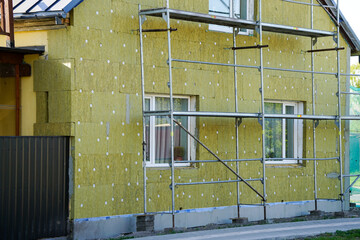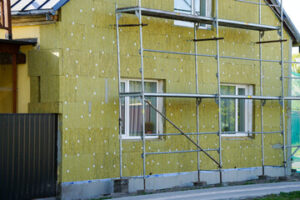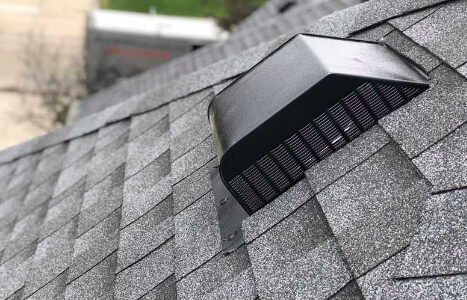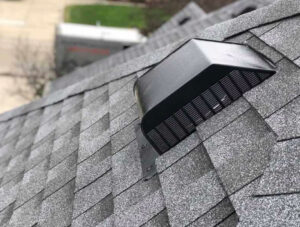When you’re in a collision, the repair process can seem overwhelming. Understanding what goes into a repair helps you navigate the process with confidence and clarity.
UTI collision repair instructors have a vision for how vehicles should look when they’re finished. They’re also skilled at bringing those visions to life. Click the Collision Repair Antioch to learn more.
There are several parts that make up the body of a car, including its frame. When these are damaged in a collision, technicians can use specialized equipment to fix them. This includes a dedicated bench, which uses jigs to align the frame of the vehicle and other tools for disassembly, welding, reassembly, and paint application.
Before starting any repair work, the technicians will first need to disassemble the vehicle and determine its full extent of damage. This is called a teardown and can take hours. While the term sounds harsh, it’s actually a necessary part of the process to ensure that the insurance company is getting a thorough, accurate estimate.
This can include replacing a panel, which can help ensure that the car looks like it did before the accident. It also helps prevent further problems like rust and corrosion. Another common part of this step is repairing structural components, which requires skilled welding.
There is some debate about the difference between disassembly and disassembling, but both terms mean the same thing: to take something apart. In fact, some people even use them interchangeably. But for technicians, the distinction is important. Disassembly is more specific, referring to material parts. Decompilation, on the other hand, takes machine code and brings it up to a higher programming language (like assembly). While you could technically disassemble something without taking it apart first, it would be very difficult to do without knowing the machine’s programming language.
Parts Replacement
When repairing vehicles after collision, the goal is to make them as good as new. Among the most important steps in this process is parts replacement. Various replacement parts, such as bumpers, body panels and headlight assemblies, are key to restoring the safety and appearance of your vehicle. The right choice of replacement parts will depend on the vehicle’s age, difficulty of repair, known deficiencies in OEM parts and more.
In addition to ensuring that your car is safe and reliable, high-quality parts are also essential in providing a better value for you and your insurance company. This is why it’s important to choose a shop that uses genuine OEM parts.
Gitnux explains that the majority of revenue within the auto collision repair industry is attributed to parts and materials, and that using quality replacement parts can have a significant impact on both the repair process and final cost. Some aftermarket parts may appear similar to the original part, but they are not equal in terms of quality and performance. In fact, damage caused by a failure of non-OEM replacement parts may not be covered under your car’s new-vehicle warranty.
Collision repair instructors like UTI instructor Frank Cutajar always have a vision for how the vehicle will look once the work is complete. They often use a wide variety of tools, welding techniques and paints to get the job done. Depending on the situation, they may even use specialty equipment designed for specialized repair work, such as paintless dent removal and bare metal welding.
Structural Repair
Structural repair is the process of returning a vehicle’s frame and body to pre-collision condition. This step is crucial to maintaining a vehicle’s safety and performance. A damaged frame or suspension can negatively impact a vehicle’s alignment, resulting in uneven tire wear and poor handling. Structural damage also increases the risk of other issues, including accidents and costly repairs down the road.
The repair process may include the replacement of parts, such as bumpers, fender flares, headlight assemblies, and even the entire windshield. However, ensuring that the replacement parts are of high quality is important. Parts account for a significant percentage of the overall cost, so using reputable shops that use certified parts ensures that you will get a good value and high-quality service.
During structural repairs, technicians must pay special attention to hidden damage such as corrosion, rust, and water ingress problems. This can lead to major problems later on, so it is important to fix them as soon as possible. Building owners can save a lot of money by repairing these problems instead of replacing them entirely.
Structural repair can have environmental implications, as it involves the disposal of solid waste and paint chips. These materials can cause contamination in the soil and water, especially if they are not properly handled or disposed of. Moreover, sanding and grinding can produce dust particles that can affect the air quality in and around the shop.
Cosmetic Repair
Many collision repair shops have a variety of cosmetic services in addition to repairing structural damage. These include paintwork, blending in new parts, and applying clear coats to protect the finish. These services are important because they help to restore the vehicle to its pre-accident condition, allowing customers to enjoy the safety and aesthetics of their car again.
However, a professional collision repair service goes beyond these superficial repairs to ensure that your car is in the best possible condition after an accident. There may be underlying issues that can compromise the functionality and safety of your car if not addressed, such as misalignments in the frame or suspension. The skilled technicians at a reputable collision repair shop will have the tools and expertise to identify these hidden problems and correct them effectively.
Structural and cosmetic damage are two very different things, but they both require expert repair work. Cosmetic damage shows up on the exterior of your car, like scratches and dents, while structural damage affects the important mechanical components that keep your vehicle safe and running well. Knowing the difference between these two types of damage can help you understand when and why you should take your car to a professional for repair work.
The best collision repair services are those that offer comprehensive solutions. They understand how the manufacturer engineered and constructed your vehicle, which allows them to repair it to its original condition. This ensures that your safety features are working properly, and it also helps to prevent any further damage from occurring.
Reassembly
After repairing the structural integrity and cosmetic appearance of your car, it’s time to put it all back together. During this stage, technicians use electronic measuring systems to ensure that every piece of your vehicle is restored to its original form. They also make adjustments as needed to ensure that your car’s functionality returns to normal.
During disassembly, technicians can uncover any hidden damage that wasn’t visible during the initial assessment. This allows them to develop a more accurate roadmap for the necessary repair work. Using the revised estimate, the shop can then order any replacement parts. In general, these parts are replaced with genuine manufacturer parts to ensure your vehicle maintains its safety and performance standards.
Once the new parts arrive at the shop, reassembly begins. This is a crucial step, as it involves ensuring that all the pieces of your vehicle fit and align properly. It can take a significant amount of labor to restore your vehicle, particularly with modern technology that requires specialized skills and training.
As a result, the repair process can take a long time, depending on the extent of the damage and insurance company involvement. However, proactive communication and scheduling during non-peak times can help to speed things up. When the repair is complete, a final inspection takes place to confirm that the quality of work meets collision repair industry standards. Then, your car can be returned to you.
Quality Control
While it may seem like an obvious statement, the best way to improve customer satisfaction is by delivering quality work. This requires that your team is well-trained and up to date on the latest repair techniques. It also means being aware of your customers’ needs and providing personalized attention throughout the repair process. Lastly, it requires that you are open and honest about your prices and how much time the job will take.
In addition, your shop should be able to provide the parts that are needed for the repair in a timely manner. The best way to do this is by building relationships with suppliers and ensuring that your parts are in stock. This will reduce downtime and ensure that your customers are not disappointed by delays.
A good collision repair center will also use the right tools and equipment to restore a vehicle back to its original condition. This includes removing personal belongings and preparing the vehicle for repair. For example, if a car has been parked in a parking lot for long periods of time, it can get dirty and rusty, so it will need to be cleaned and washed.
Finally, the shop should perform a final inspection before returning the car to the customer. This includes removing any excess stray wax, checking for signs of rust, restoring radio presets and completing a checklist to verify that the work was performed correctly. This will help to avoid rework, which can lead to increased costs, efficiency losses and time management challenges.

 Rigid Foam Insulation
Rigid Foam Insulation
 Ice dams are a clear sign that your roof isn’t ventilated properly. These large icicles (and the rotting, water-soaked insulation behind them) can cause serious damage to your gutters and roof, as well as pose a health hazard to people who walk under them. Despite the many myths about ice dams, there is only one true way to prevent them: proper attic ventilation.
Ice dams are a clear sign that your roof isn’t ventilated properly. These large icicles (and the rotting, water-soaked insulation behind them) can cause serious damage to your gutters and roof, as well as pose a health hazard to people who walk under them. Despite the many myths about ice dams, there is only one true way to prevent them: proper attic ventilation.